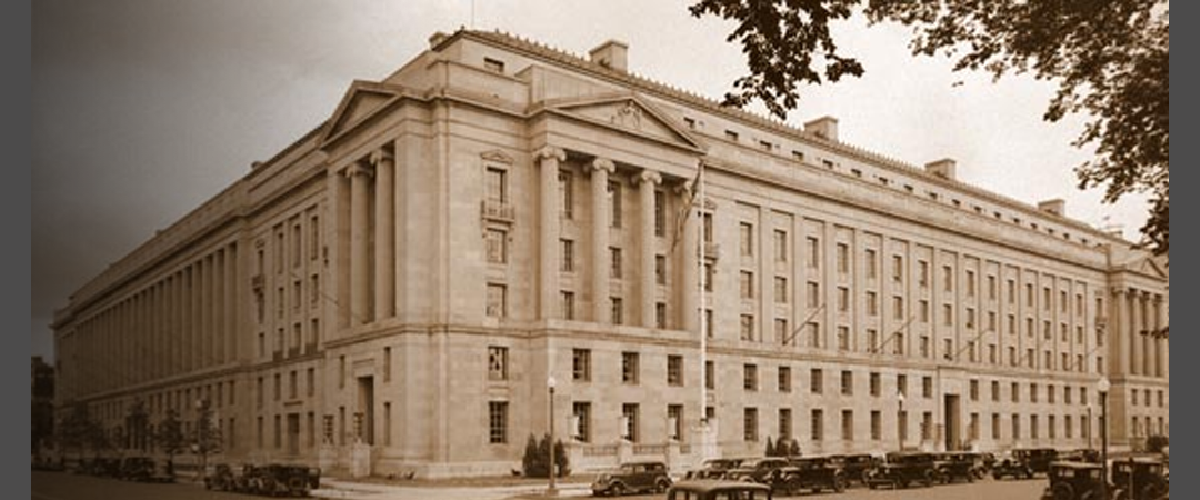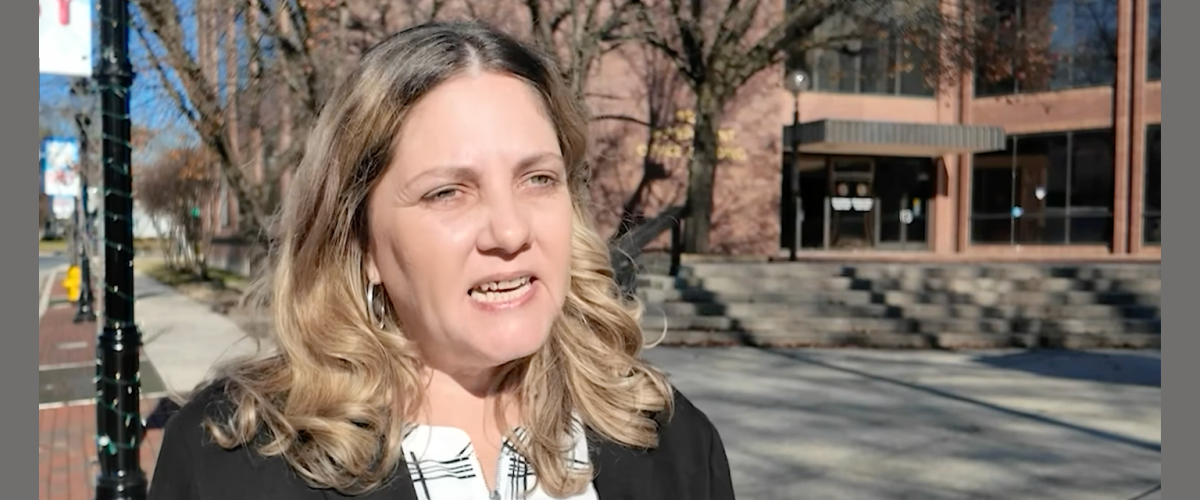Immigration: An Important Issue for the Eastern Shore in the 2024 Election

Many, perhaps most, people here on the Eastern Shore, especially the large number of Republicans, don’t realize how important immigrants have become to our local agricultural economy, as well as to our seafood industry. Without the presence of immigrants, largely from El Salvador, Guatemala, and Haiti, our economy would flounder. That’s why it’s important to look at how the candidates in the November 5 election stand on that issue.
I. House of Representatives
Republican Congressman Andrew P. Harris has made statements condemning immigrants who enter the country illegally, but as a member of Congress for years has made no effort to support efforts to make legal immigration easier. This is not surprising given his strong support for Trump and the MAGA agenda. He did vote for the Secure the Border Act of 2023, which, among other things, would have forced the Biden administration to restart construction of a border wall, increase the number of Border Patrol agents, and provide bonus pay, but would have done nothing to facilitate legal immigration.
Andrew P. Harris’s Democratic opponent, Blane Miller, was formerly a Republican himself, but has taken a more enlightened position on immigration. His website includes the following statement: “First, economic growth relies on a dynamic workforce, and immigrants contribute significantly to innovation, entrepreneurship, and productivity.” He goes on to say that refugees and vulnerable populations seek protection, that a well-regulated immigration system allows the U.S. to fulfill its humanitarian obligations, and that legal avenues for employers to access skilled workers are essential for sustained economic prosperity.
II. The Senate
The candidates in Maryland’s Senate race are Democrat Angela Alsobrooks and Republican Larry Hogan. Angela Alsobrooks, as state’s attorney for Prince George’s County, strongly supported legislation to allow undocumented immigrants to obtain driver’s licenses. She was also vocal in her support of the Maryland Dream Act. As county executive she instructed the County Department of Corrections to notify U.S. Immigration and Customs Enforcement (ICE) only in cases where an undocumented immigrant was arrested and charged with gang-related or violent criminal offenses. She was opposed to deportation for minor offenses such as speeding tickets.
If elected to the Senate, she pledges to be a strong advocate of comprehensive immigration reform, including creating a pathway to citizenship for those already living and working in the U.S. She will also support legislation in support of Dreamers, believing that these persons “deserve certainty and security.” For more on Alsobrook’s views on immigration, see her website.
Immigration doesn’t seem to be a big issue in the campaign of former Maryland Governor Larry Hogan. He has stated, however, that he decided to enter the race when Republicans in the Senate killed the bipartisan border bill under orders from Donald Trump. In an op-ed he wrote for the Washington Post on July 9, 2024, Hogan expressed strong condemnation of Project 2025, which is Machiavellian on the subject of immigration and which is strongly supported by Trump.
As governor, Hogan vetoed an immigration bill introduced by Delegate Vaughn M. Stewart (D-19), that would have required that counties that have agreements with ICE to jail detainees to end their contracts. Hogan argued that local law enforcement should “fully cooperate with federal law enforcement.” He vetoed another bill to limit cooperation with federal authorities (House Bill 23). The candidate’s campaign website presents no official statement on immigration. (In fact, there was a paucity of statements on issues in general.)
III. The Presidency
In the presidential election, Democrat Kamala Harris faces off with Donald Trump, who can’t wait to declare himself dictator and who already had a disastrous term as president, ending with his leading a mass attack on the U.S. Capitol.
Kamala Harris just came out of the Democratic National Convention, where she and her running mate, Tim Walz, delivered uplifting speeches accepting their nominations, bringing an unprecedented level of excitement and joy to the crowd.
The daughter of immigrants herself, Kamala has a long history of supporting immigrant communities. As state’s attorney in San Francisco from 2004 to 2010, she went after abusive employers and encouraged immigrants to feel safe when dealing with law enforcement. She has supported legislation that would provide a path to citizenship to undocumented immigrants, and she supported Biden’s Bipartisan Border Security Bill in 2021. Of her work as California’s attorney general, she said recently at a campaign event in Georgia: “I went after transnational gangs, drug cartels, and human traffickers that came into our country illegally,” and added, “I prosecuted them in case after case, and I won.”
President Biden gave her the mission of overseeing diplomatic efforts in Central America, also in 2021. She brought together the Partnership for Central America to act as liaison between companies and the U.S. Government. This effort has led to job creation in the region, and some experts have saluted her ability to secure private sector investments in the region.
Harris visited the border with Mexico in 2021, and declared that “This issue cannot be reduced to a political issue. We’re talking about children; we’re talking about families; we’re talking about suffering.”
The Republican Party platform, on which one assumes Trump is basing his campaign, was published in July. It was developed by Trump’s campaign in conjunction with the Republican National Committee. Its priorities on immigration are succinct:
- “Seal the border and stop the migrant invasion.” The platform promises to restore all the border policies of the previous Trump administration, including finishing his long-promised border wall and moving troops now overseas to the border.
- “Carry out the largest deportation operation in American history.” It should be noted in this context that 1.1 million immigrants have been deported so far during the Biden administration, while 1.5 million were deported during Trump’s term.
- “Stop the migrant crime epidemic, demolish the foreign drug cartels, crush gang violence, and lock up violent offenders.” According to the Brennan Center for Justice, the data doesn’t support the claim that the U.S. is experiencing a surge in crime caused by immigrants. They cite one study that found that undocumented immigrants are 33% less likely to be jailed than those born in the U.S.
- “Stop sanctuary cities.”
- “Ensure that the legal immigration system puts American workers first.”
IV. Conclusions
The candidates of both parties express the view that border security is essential, but it appears to be of the highest priority for Andrew P. Harris and Donald Trump. For Hogan’s Senate campaign, it appears not to be an important issue at all, despite the importance of immigrants in our state’s economy. None of the candidates seem to be acknowledging the realities our country, including the Eastern Shore, face in the 21st century, namely that:
- Our native-born citizens are aging and thereby contributing less to the national economy
- The native birth rate has been steadily dropping for some time now
- As a result, there are fewer citizens available to do the jobs
- U.S. natives are unwilling to do manual labor and are happy to hand those jobs to immigrants
In view of the above, the Trump proposal for a massive deportation of undocumented immigrants not only makes no sense, but also undermines national security. Until there is legislation passed that facilitates legal immigration, especially from our neighbors to the south, we will have to continue to depend on those brave, and often desperate, people who continue to come without proper documentation.
A native of Wicomico County, George Shivers holds a doctorate from the University of Maryland and taught in the Foreign Language Dept. of Washington College for 38 years before retiring in 2007. He is also very interested in the history and culture of the Eastern Shore, African American history in particular.
Common Sense for the Eastern Shore







